doobs
TPF Noob!
- Joined
- Oct 7, 2007
- Messages
- 566
- Reaction score
- 0
- Location
- Sacramento, CA
- Website
- flickr.com
- Can others edit my Photos
- Photos OK to edit
Hola,
I've never done any really extensive night shooting and this weekend I plan to buy a handful of rolls of Delta 3200. I'm planning on going downtown soon after sunset and when it starts to get a little darker. I'm going to be using my Pentax K1000 (mainly -- I may bring the ME Super, as well) and I'm not sure about metering. I do not want nor plan to bring a tripod and I'd prefer to stay handheld or at least resting the camera on a flat, stable surface -- if I can find one. I plan on bringing my cable release in case I need to rest it on an object for a long exposure. The downtown area is somewhat lit at night. About metering -- I realize I won't be able to shoot at f/8 and 1/1000 which is a setting I usually like to keep it at on a sunny day. I will be shooting at f/2 and I'm not sure what shutter speed to use. I was told to meter my camera in under streetlights that will be in the picture and to ignore metering in the dark. How will my pictures come out? Will only the street lights be lit up? Does my meter adjust to my ISO that is set into the camera? Any other suggestions?
EDIT: I'm interested in purchasing a flash as well. What flashes are suggested for the Pentax K1000 (cheap, preferably) and will they help in what I am trying to accomplish? Are there any things that I should change when shooting with a flash?
Thanks a ton!
- Steve S. Stevenson, Esq.
I've never done any really extensive night shooting and this weekend I plan to buy a handful of rolls of Delta 3200. I'm planning on going downtown soon after sunset and when it starts to get a little darker. I'm going to be using my Pentax K1000 (mainly -- I may bring the ME Super, as well) and I'm not sure about metering. I do not want nor plan to bring a tripod and I'd prefer to stay handheld or at least resting the camera on a flat, stable surface -- if I can find one. I plan on bringing my cable release in case I need to rest it on an object for a long exposure. The downtown area is somewhat lit at night. About metering -- I realize I won't be able to shoot at f/8 and 1/1000 which is a setting I usually like to keep it at on a sunny day. I will be shooting at f/2 and I'm not sure what shutter speed to use. I was told to meter my camera in under streetlights that will be in the picture and to ignore metering in the dark. How will my pictures come out? Will only the street lights be lit up? Does my meter adjust to my ISO that is set into the camera? Any other suggestions?
EDIT: I'm interested in purchasing a flash as well. What flashes are suggested for the Pentax K1000 (cheap, preferably) and will they help in what I am trying to accomplish? Are there any things that I should change when shooting with a flash?
Thanks a ton!
- Steve S. Stevenson, Esq.





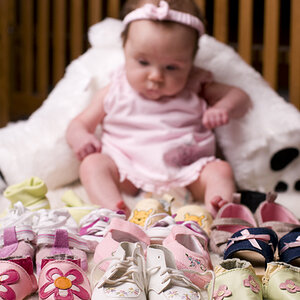
![[No title]](/data/xfmg/thumbnail/31/31706-3e429b21053f11072ed2e5b37c019073.jpg?1619734964)
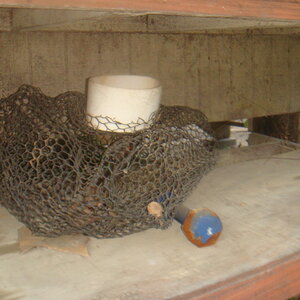
![[No title]](/data/xfmg/thumbnail/36/36301-27972c0474532c2ef657014362950733.jpg?1619737495)
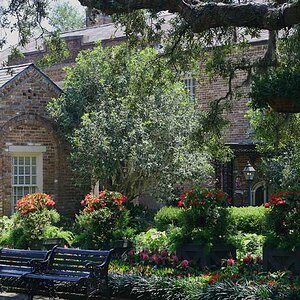
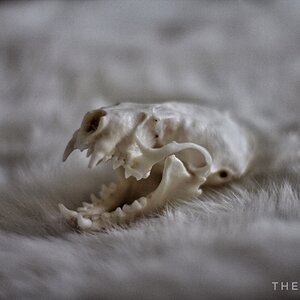
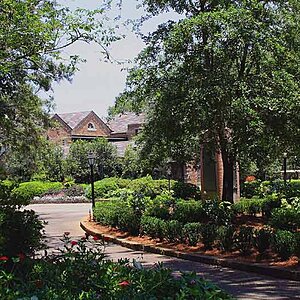
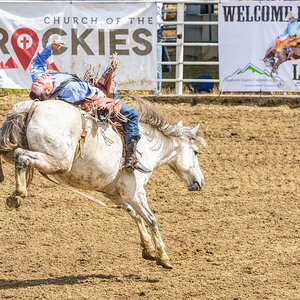
![[No title]](/data/xfmg/thumbnail/36/36300-760519cb9a8ebbfc57cc3d1fda5dd37c.jpg?1619737494)
![[No title]](/data/xfmg/thumbnail/31/31707-a2840f3af9af3a4fa6f6dfbd4028eae5.jpg?1619734964)